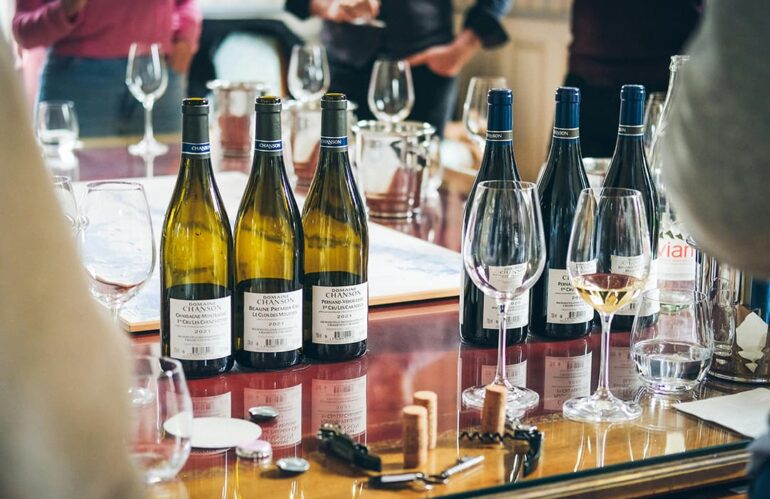Cowboys, prairies, cattle, oil and gas – this is what Texas is associated with in the minds of most foreigners, and Americans themselves. Few people know that Texas is one of the oldest wine regions in the United States. Nevertheless, it is. Wine settled in Texas with the first Spanish missionaries, who began cultivating vineyards in the area of present-day El Paso on the border with Mexico in the mid-seventeenth century. Gradually, winemaking moved inland and by the mid-nineteenth century had settled in central Texas, in the Texas Hill Country region near the state capital, Austin.
The Texas wine industry of the second half of the nineteenth century was marked by the remarkable achievement of its chief representative, the breeder and winemaker Thomas Madsen. Madsen succeeded in developing grape varieties that were immune to phylloxera, or grape aphids. At the end of the nineteenth century, phylloxera destroyed most of the famous vineyards of France, and only thanks to the varieties bred by Thomas Madsen in Texas, it was possible to save French winemaking from complete extinction.
The rapid development of Texas winemaking was suddenly interrupted in 1919 with the adoption of the infamous “Prohibition Law” in the United States. Although the law prohibiting the sale of alcohol was repealed at the federal level in 1933, Texas winemakers still feel its impact. Rudiments of Prohibition remain in the statutes of more than seventy Texas counties and districts.
In the seventies of the twentieth century, winemaking in Texas began a new round of revitalization. The climate of central Texas is similar to that of southwestern Europe, France, Spain, Italy and Portugal. Grape varieties from these regions are the most common in the Texas Hill Country region, even though the historical roots of most of the area’s population come from Germany and eastern Europe.


